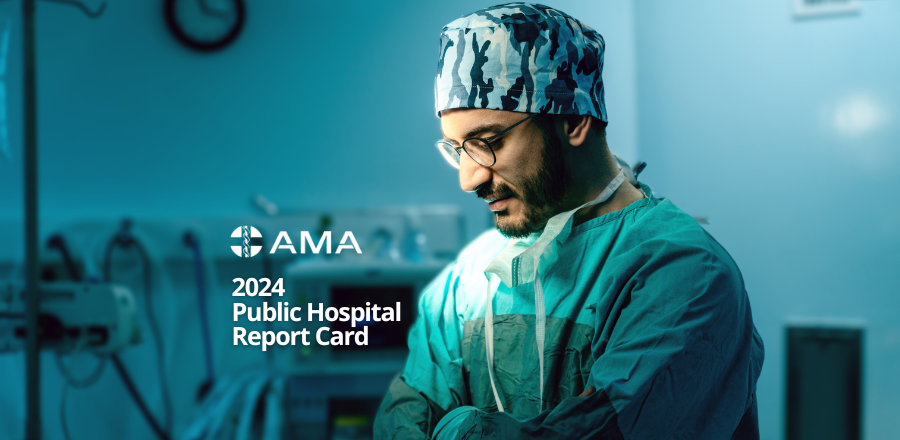Genea
Pioneered by Australian scientists, a new incubator combined with an updated version of the fluid embryos develop in, has resulted in a staggering 12.2% increase in the number of live births for those struggling to conceive*. The cutting-edge technology is the closest yet to emulating what occurs in the mother’s womb, allowing embryos to grow undisturbed, mirroring the journey in the mother’s fallopian tubes prior to implantation.
Available exclusively to patients of Genea, the Geri incubator takes photos of an embryo every five minutes at up to 11 different cross sections, it then collates the images to share detailed time lapse footage on a screen, allowing scientists to review embryos without exposing them to undesirable conditions such as variations in temperature. In addition, the fluid embryos develop in, known as culture medium, no longer needs changing and can be used across all stages of embryonic growth.
Genea Fertility Specialist Dr Cheryl Phua says, “traditionally, IVF clinics have used incubators that have more than one patients’ embryos in a single chamber with no time lapse camera, meaning the incubator had to be opened every time one patient’s embryo needed checking and/or when the medium, needed to be changed.” She added, “the significant reduction in disturbance has led to this boost in live birth rates, an incredible result that is testament to Genea’s commitment to increasing the chance of a patient having a baby.”
The results are further evidence that there is a difference between the technologies offered in IVF labs and reflect the figures published on the new Government funded YourIVFSuccess website. Launched in February, independent analysis showed that 6 out of the top 10 IVF clinics in NSW and the ACT were Genea clinics.
To mark the significant announcement, Genea shares video captured on the Geri incubator of conception occurring and time lapse footage of the development of a human embryo over six days. The beginning of life that has been left unseen by the general public, until now.
“The footage is captured clearly, not many get to view their embryo developing, something special for IVF patients who often miss out on so much,” says Genea Scientific Director Steven McArthur. He said the Geri incubator has also allowed embryologists to witness activity previously never seen, “we’re able to view patients’ genetic material coming together, rapid cell division and the hatching of the future placenta ready for implantation.”
When asked what was in the fluid that is also supporting the live birth rates, “a combination of amino acids and salts that are measured out and weighed precisely by highly trained scientists. A true recipe for success.”
*When compared to the MINC incubator and Gems sequential media. Study performed in Genea’s Canberra, Wollongong, Liverpool, North West, RPA and Kent St laboratories, 2015-2019. The Geri incubation system was utilised in all Genea clinics by 2018.
Published in a peer reviewed journal Fertility and Sterility and presented at the American Society of Reproductive Medicine (ASRM) congress in 2020, official reference being:
Peura T, Murray A, Hesketh N, Dalati S, Bowman M, McArthur S (2020): Is the biggest impact on clinical IVF outcomes obtained by implementation of continuous media, time-lapse incubator or both? Fertil Steril 114 (3) Suppl., e129. DOI: https://doi.org/10.1016/j.fertnstert.2020.08.383
/Public Release.








